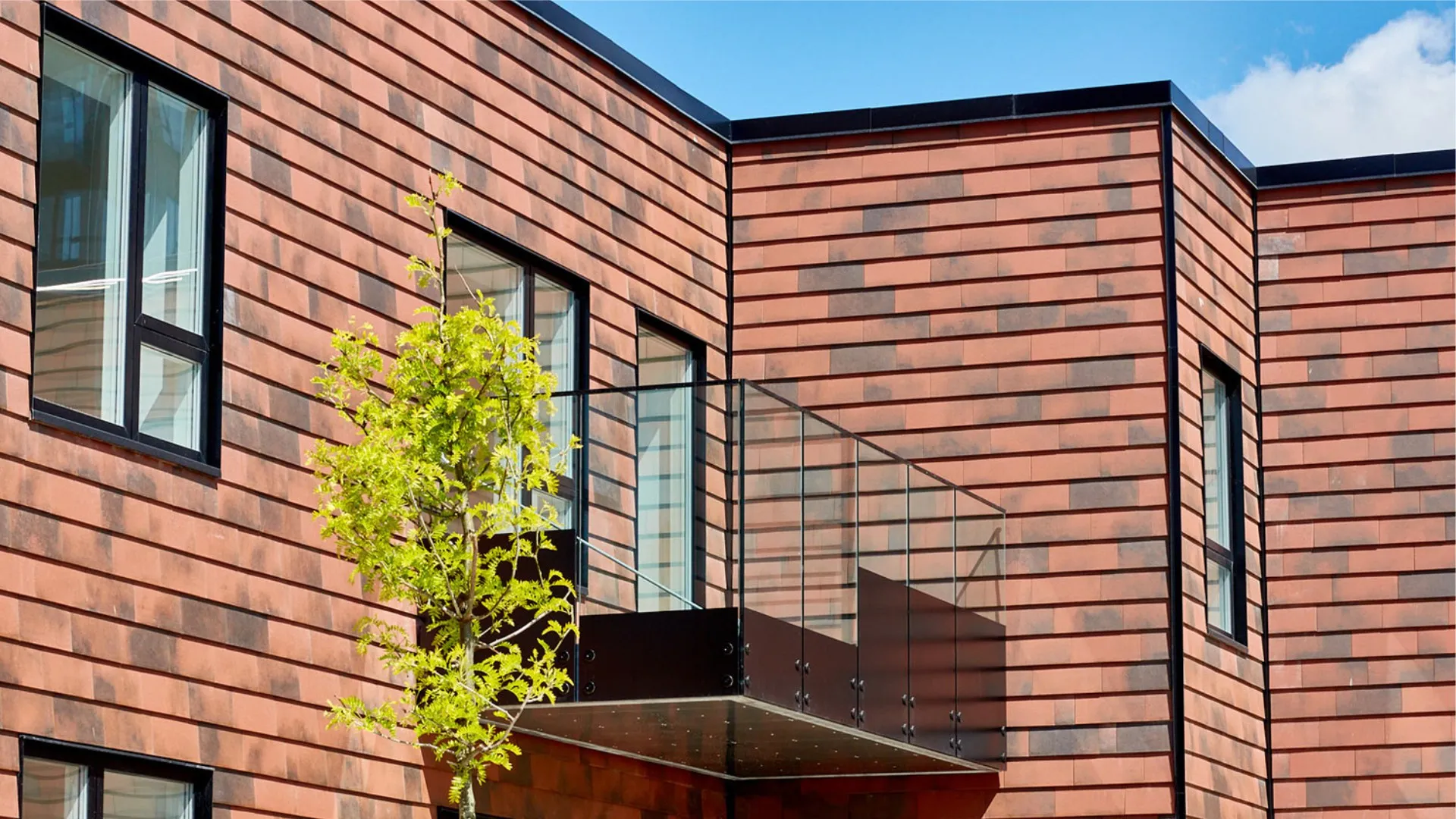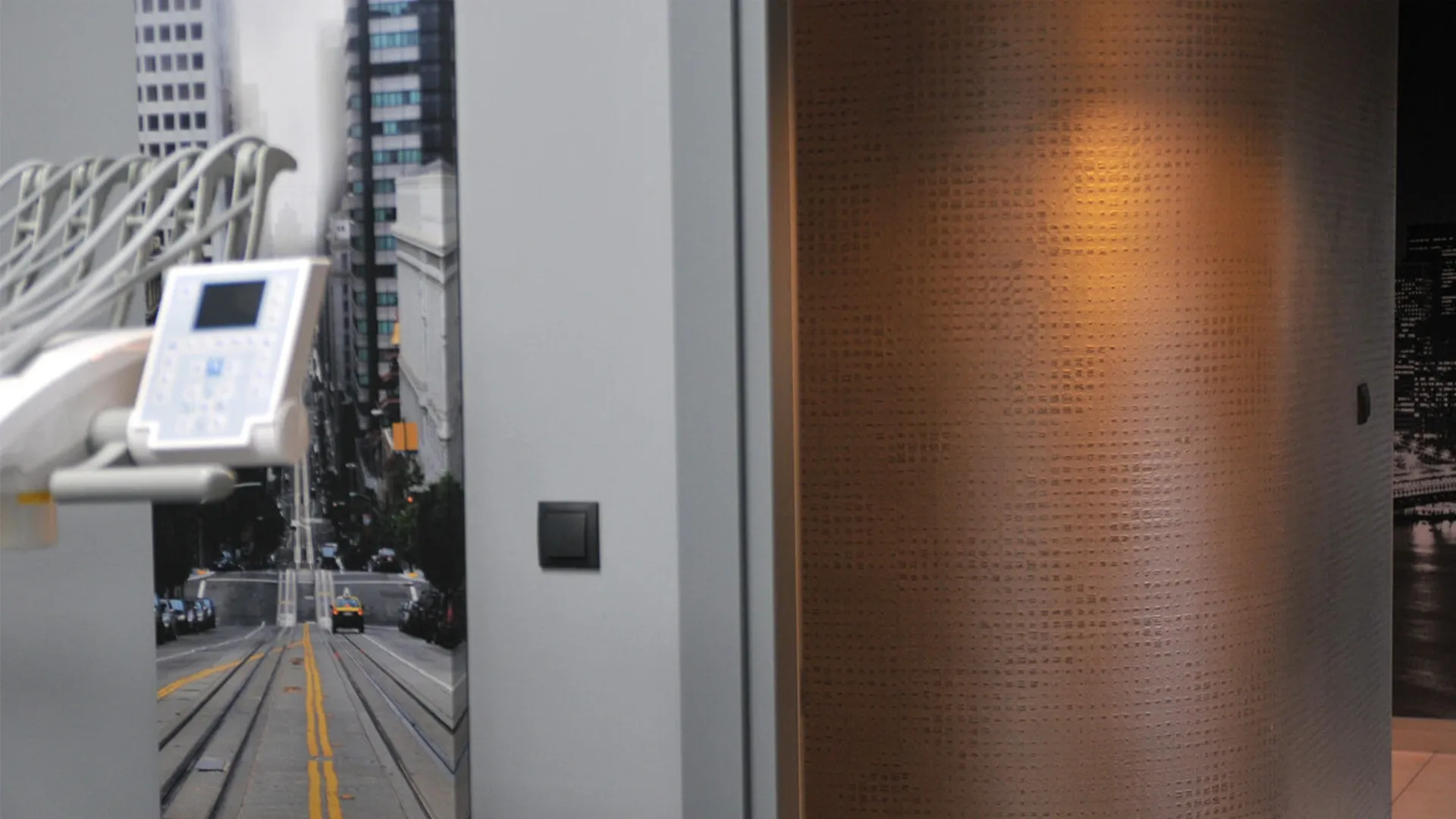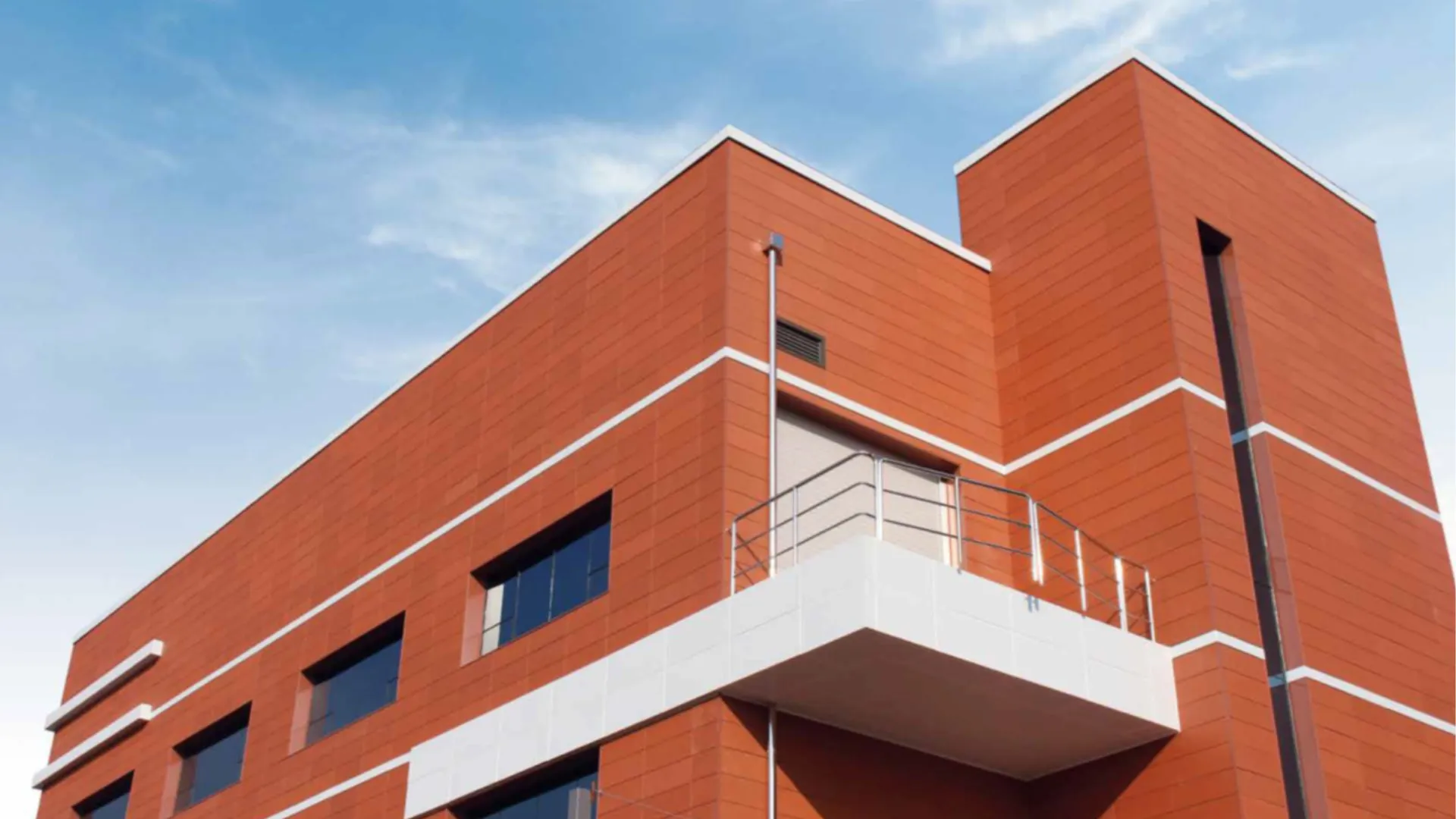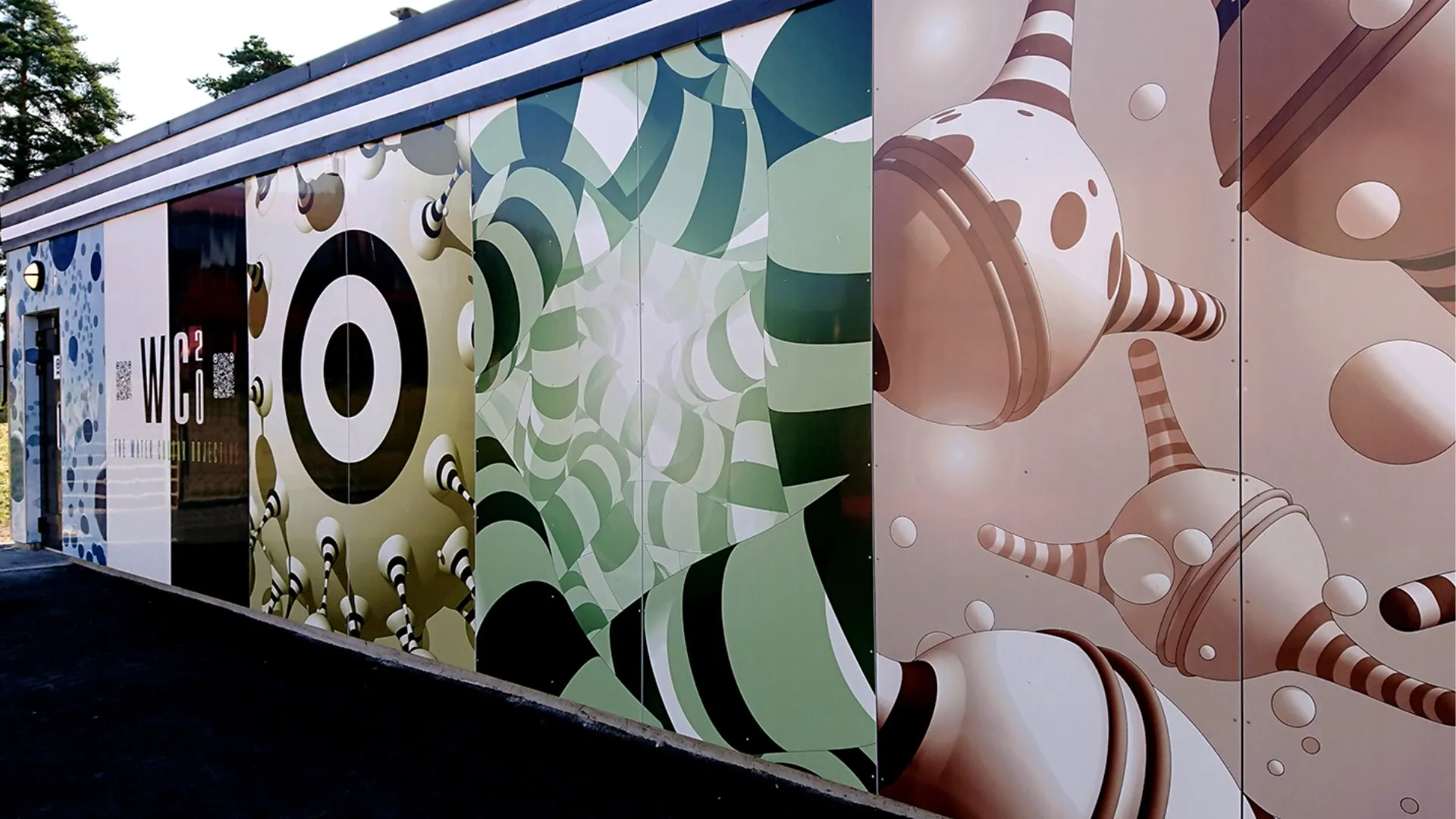
Ventilated Facade Systems: Enhancing Sustainability, Efficiency, and Aesthetics in Building Design
Introduction
Ventilated facade systems have emerged as a sustainable and efficient solution for contemporary building design. These systems, characterized by an air gap between insulation and cladding, offer a range of benefits, including improved energy efficiency, enhanced thermal performance, durability, and aesthetic versatility. In this comprehensive exploration, we’ll delve into the world of ventilated facade systems, examining their types, design considerations, and maintenance requirements.
Types of Ventilated Facade Systems
Ventilated facade systems encompass various types, each tailored to specific building needs and environments. The choice of system hinges on factors like climate, building materials, and desired aesthetics. Here are some common types:
1. Rainscreen Systems: These systems consist of insulation, a weatherproof membrane, and cladding materials such as metal, glass, or ceramics. They are suitable for various climates, offering both protection and aesthetics.
2. Cavity Wall Systems: Cavity wall systems involve two layers of wall separated by an air gap. The inner layer is typically concrete or masonry, while the outer layer comprises cladding material. This design provides durability and thermal performance benefits, particularly in cold climates.
3. Double Skin Facade Systems: These systems feature two layers of glass with an intervening air gap, which can be ventilated or non-ventilated. They offer architectural freedom, energy efficiency, and aesthetic appeal, making them suitable for various building types.
Design Considerations
Several factors must be considered when designing a ventilated facade system to ensure optimal performance and aesthetics:
1. Climate: The local climate influences the choice of system. Rainscreen systems are favored in hot, humid climates, while cavity wall systems excel in colder regions.
2. Building Materials: The materials used in construction play a crucial role. For instance, combustible materials may limit the choice of system.
3. Aesthetic Preferences: The desired visual impact should guide cladding material selection. Ventilated facades offer opportunities to enhance a building’s appearance through color, texture, and pattern.
Benefits of Ventilated Facade Systems
Ventilated facade systems offer a host of benefits:
1. Energy Efficiency: By facilitating heat and moisture ventilation, these systems contribute to reduced energy consumption. This helps maintain comfortable interior temperatures year-round, resulting in significant energy savings.
2. Thermal Performance: The air gap acts as insulation, enhancing thermal performance and minimizing heating and cooling costs.
3. Durability: Ventilated facades protect against moisture damage, prolonging wall lifespan and reducing maintenance expenses.
4. Aesthetic Versatility: These systems provide endless design possibilities, enabling architects to create visually striking exteriors that align with the project’s aesthetic goals.
5. Sustainability: Ventilated facade systems contribute to sustainability objectives through energy efficiency, durability, and recyclability, making them a responsible choice for modern construction projects.
Maintenance and Repair
Proper maintenance is essential to ensure the longevity and performance of ventilated facade systems. Maintenance frequency varies based on the system type and climate. Regular inspections by qualified professionals every few years are recommended to address any issues promptly.
In conclusion, ventilated facade systems represent a sustainable and efficient solution for modern building design. Their ability to enhance energy efficiency, thermal performance, and aesthetics while providing durability makes them an attractive choice for both new construction and renovation projects. When considering your next building project, explore the potential benefits of ventilated facade systems to achieve a harmonious balance of functionality and style in your architectural design.



